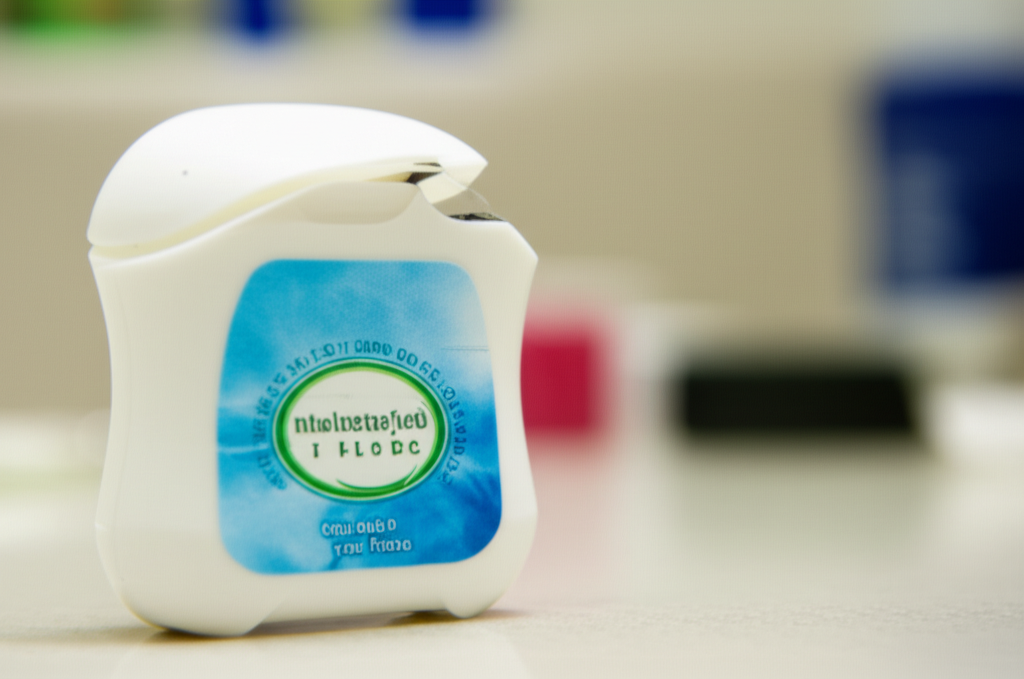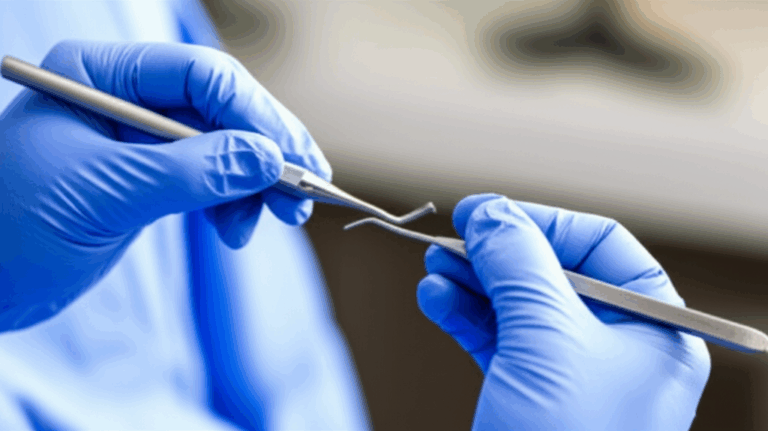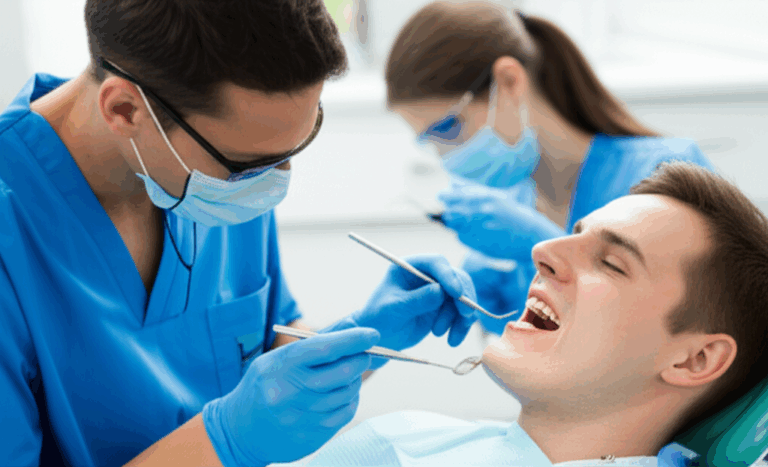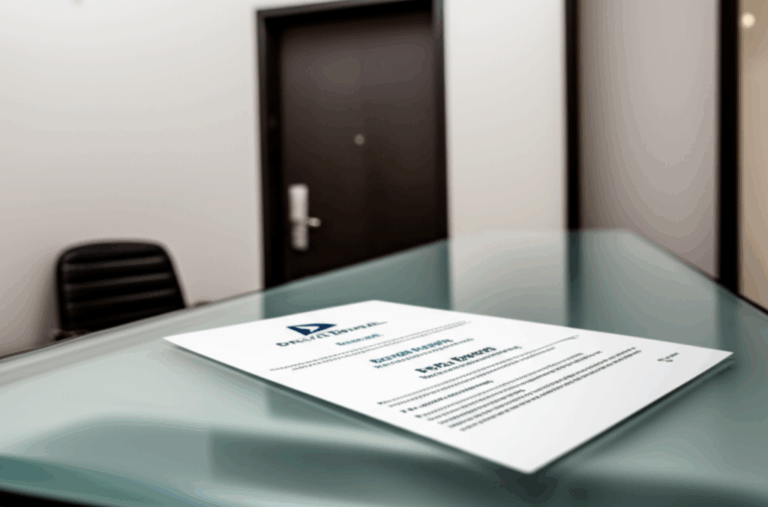
How to Make Your Dentist Think You Floss: My Best Tips for a Spotless Smile Before Your Appointment
Table of Contents
- Key Clues, Straight From My Own Experiences in the Chair
- Why Flossing Actually Matters
- Strategic Flossing, Brushing, and Rinsing: What To Do First
- Using Interdental Cleaners and Water Flossers
- Hydration, Diet Tweaks, and Quick Tricks
- How I Finally Made Flossing a Daily Habit
- The Irreplaceable Role of Professional Dental Care
- Can My Dentist Tell If I Only Flossed Yesterday?
- Is It Ever Too Late to Start?
- Mouthwash – Is It Enough?
Introduction: My Pre-Dentist Panic and What I Learned
I’ll admit it—I used to treat flossing like floss didn’t really matter. It wasn’t until a dental check-up was coming up that I’d suddenly remember I owned floss at all.
If you’re here, you probably know that nervous feeling right before a dentist visit. You’re not the only one. I’ve tried just about every trick you can think of. But through lots of rushed attempts and some honest talks with my dentist (who noticed my last-second cleaning every time), I found out what actually helps—and what’s just hoping for the best. Stay with me, and I’ll share my stories, honest mistakes, and the real facts about making your dentist believe you floss (and maybe getting into the habit for real).
What Dentists Really Look For (And How They Know You’ve Been Slacking)
Key Clues, Straight From My Experiences in the Chair
After telling my dentist “Yes, I floss daily” for the fifth time, I got it: dentists can tell. They really can. Here’s what always gave me away, even if I went crazy with the floss a week before my appointment:
- Gum Inflammation: The first thing my dentist checks is my gums’ color and feel. If my gums look red, swollen, or puffy, they know I haven’t been flossing enough.
- Bleeding When Probing: Hygienists use a tiny, sharp tool to poke around my gums. If my gums bleed easily, I know I’m not fooling anyone.
- Plaque and Tartar: Plaque is sticky. If you only floss the day before, you still have a lot left between your teeth, especially the hard buildup that only dentists can take off.
- Pocket Depths: They measure the little spaces between my teeth and gums. Shallow ones are good. Deeper or bleeding spaces mean I haven’t been taking care of my mouth.
- Bad Breath: Even with mouthwash, if you don’t floss, bacteria hang around and give your breath a certain smell.
All these clues together make a story your dentist can figure out in no time. When Dr. Joe Dental (yes, a real dentist who checked this post) told me that last-minute “floss runs” can even do more harm than good, I knew I had to switch up what I was doing.
Why Flossing Actually Matters
I used to think flossing was just an extra step, but here’s why it really counts:
- Gets In-Between Teeth: Brushing only cleans about 60% of your tooth’s surface.
- Stops Gum Disease and Cavities: Leftover food and plaque between teeth create bacteria that hurt gums and teeth.
- Helps Gum Health: Regular flossing keeps gums nice and pink, and less likely to bleed.
- Cuts Down Bad Breath: Flossing gets rid of the yucky food and germs hiding between your teeth.
A few uncomfortable dentist visits made me realize that my dentist’s “floss talk” was real advice. It actually makes appointments quicker and less embarrassing if you stick with it.
My Last-Minute Gum Fixes (What Works and What Doesn’t)
So, you’ve got a dentist appointment in two days. Let’s be real: good gum health can’t happen overnight. Still, I’ve tried every trick to make it look like I floss daily. Here’s what can help a little—just don’t expect a miracle.
Strategic Flossing, Brushing, and Rinsing: What To Do First
Gentle, Careful Flossing:
I used to attack my gums with floss the night before, thinking it would fix things. Bad move! My gums ended up sore and bled even more. If you have 1-2 days, start now and floss gently, making a little C-shape against each tooth. Take it slow. Too much pressure looks worse.
Do it a Few Times But Not Too Much:
Floss 2 or 3 times a day before your appointment, but make sure you’re gentle. If your gums hurt, even one careful floss a day is better than none.
Brush The Right Way:
Aim your toothbrush a little into your gums, not just the teeth. Use a soft toothbrush or electric one.
I set a timer because 2 minutes always felt way longer than I thought. Make sure to move in circles and get all sides of your teeth—don’t just sweep back and forth.
Rinse More:
Use a mouthwash that fights germs and helps the gums.
I switched to a kind made for gum health (I checked with my hygienist first). I also tried warm salt water rinses—just half a teaspoon of salt in a cup of warm water—which really helped when my gums felt sore.
Using Interdental Cleaners and Water Flossers
If you don’t like using string floss, I tried water flossers and little interdental brushes, especially when I had braces. Water flossers blast a little stream of water between your teeth and can help your gums look a bit better in a couple of days—they’re also gentle if you’re sore or swollen.
If you’ve got larger gaps or sensitive spots, you can try interdental brushes. They’re tiny bottle brushes and work super well, especially if you have braces or got dental work from a crown and bridge lab.
Hydration, Diet Tweaks, and Quick Tricks
- Drink Lots of Water: Water washes out leftover food and helps your mouth stay healthy.
- Skip the Sugar: Don’t eat sticky candy or drink sodas before you go. Sugar makes bacteria go wild and can make your gums look worse.
- Go for Crunchy Fruit, Not Snacks: Eating apples or celery can help clean teeth a little—not a game changer, but better than chips.
- Don’t Forget Your Tongue: Bacteria love hiding on your tongue. If you have a tongue scraper, use it for fresher breath.
Beyond Quick Fixes: Building Better Habits (And Why I Had To Change)
Honestly, I was a “panic flosser.” Rushed flossing before a visit never made my dentist buy it. After enough awkward visits—and learning more—I changed my ways.
How I Finally Made Flossing a Daily Habit
- Make Flossing Part of Your Routine: I keep my floss next to my toothbrush, and I don’t mark “done” until I’ve used both. Pick a time of day and stick with it.
- Find Floss You Like: There are thick, thin, tape-style, flavored, even picks. Try a few and stick with what’s easiest.
- Try Helpful Devices: Water flossers and electric cleaners (digital dental lab tech feels cool to use!) made the job simpler for me.
- Give Yourself a Streak: I marked each day I flossed on my calendar. It feels good to see progress, especially at first.
- Understand the Risks: After seeing some scary pictures and hearing from Dr. Joe Dental that untreated gum disease could mean losing teeth (or worse), I got much more serious.
The Irreplaceable Role of Professional Dental Care
Even if you brush and floss just right, you still need your dentist. Cleanings and regular check-ups are super important. Only they can remove the hard food buildup and spot problems I never would notice, like tiny cavities or gums starting to pull back.
When I found out how a great dental ceramics lab can help with bridges, veneers, and implants, it really hit me how much professional help matters. Your dental team is there to keep your natural teeth as long as possible—not to make you feel bad.
Common Questions I Had (And Real Answers)
Can My Dentist Tell If I Only Flossed Yesterday?
Definitely. Dentists can see gums that are freshly red or bleeding, and they can spot leftover plaque you can’t get rid of in a night. Dr. Joe Dental said healthy gums are pink and firm and don’t bleed; last-minute cleanup usually makes things look even more obvious. You might help the look a little, but you can’t hide months of skipping floss.
Is It Ever Too Late to Start?
Nope! Even if you haven’t flossed in years, your gums can get better fast. After just a week or two of daily flossing and better brushing, I saw less bleeding and fewer “talks” from my hygienist. Science shows you can see about a 35% drop in gum problems after two weeks of real care. So yes—start now, even if your visit is tomorrow.
Mouthwash – Is It Enough?
I used to think mouthwash could fill in for floss. But the truth is, mouthwash helps, but it doesn’t do the same job. Mouthwash can kill some bacteria and help your breath, but only floss or little brushes can get the gunk out from between your teeth. They’re strongest when used together.
Conclusion: From Tricks to True Oral Health
If you made it to the end, it means you really care about your teeth—and about not getting called out by your dentist! I’ve been that person, hoping a last-minute rush would hide months of delay. Sometimes quick fixes help a bit, but keeping up every day is the secret.
Take it from someone who’s tried every shortcut: nothing beats regular flossing and a smart routine. Your next appointment can be easier—mine are now—and your gums will finally thank you. And hey, if you ever need help with dental tools, check out a dedicated china dental lab for top service you can trust.
Don’t just try to fool your dentist. Take control—and next time they say, “Did you floss?” you’ll answer with confidence and a healthy smile.








